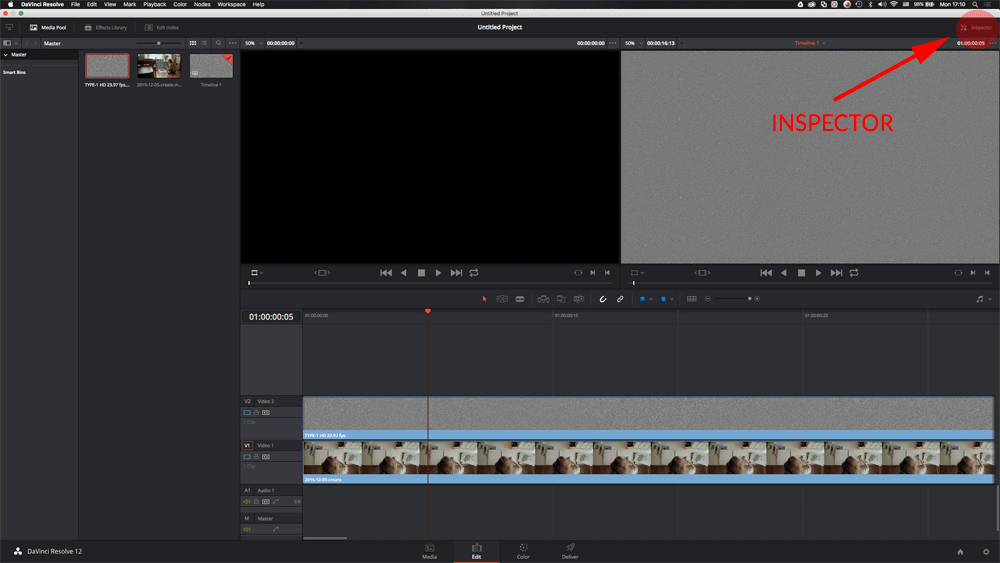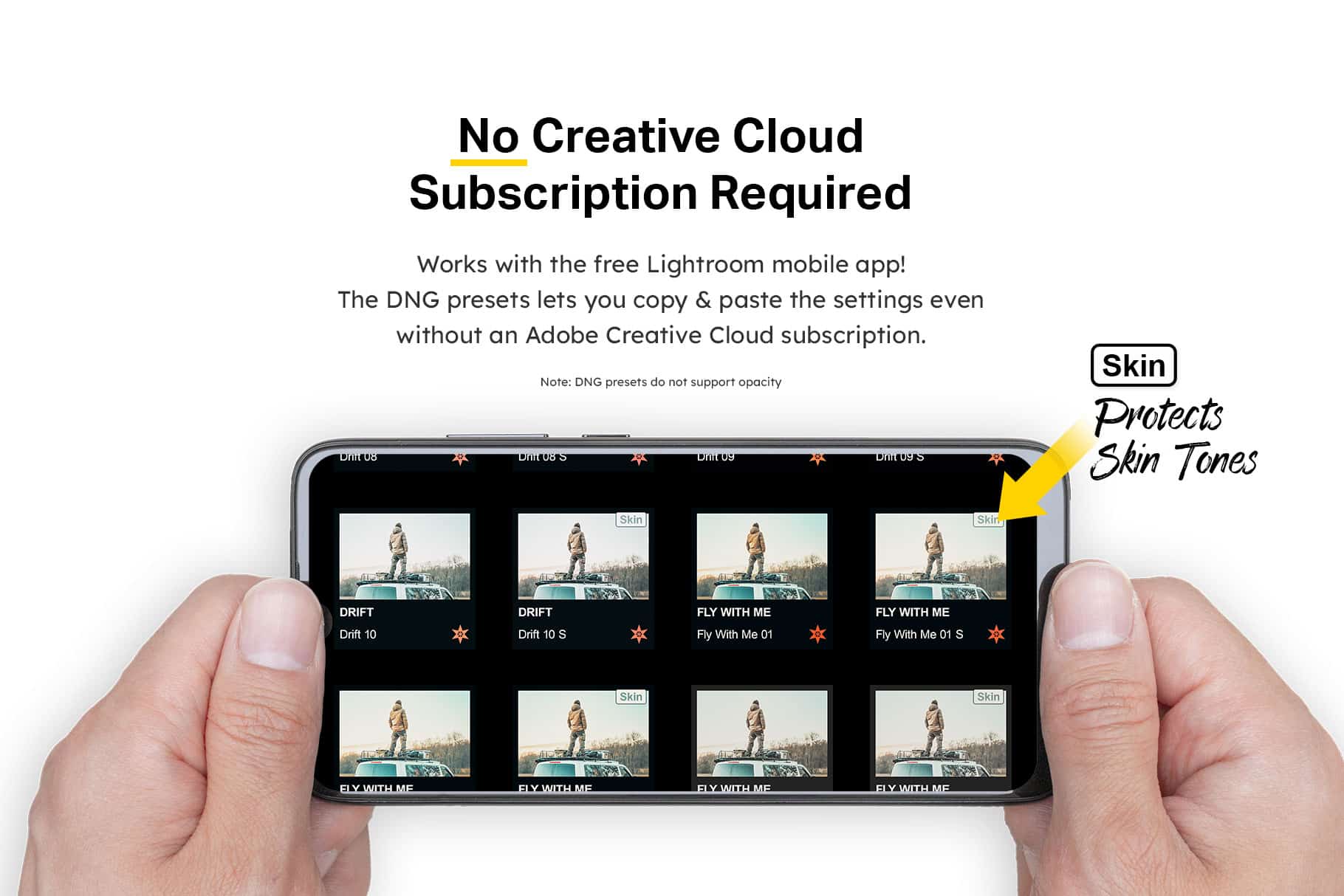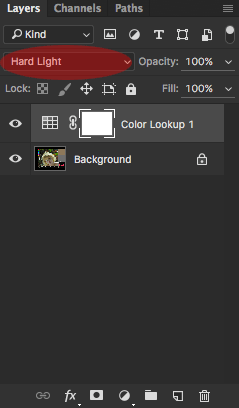

- HOW TO BRING OPACITY DOWN WITH LUTS DAVINCI RESOLVE FULL
- HOW TO BRING OPACITY DOWN WITH LUTS DAVINCI RESOLVE DOWNLOAD
So I'll choose this.ĮJ Hassenfratz (05:05): Kim am land. So here's where you can just like choose individual LUTs. So octane comes with its own, uh, cube files as well. So just going to type in dot C U B E and here, you'll see that I actually have some from octane. You might just want to go and search to see what kind of cube let's you might have. Now, if I click this button with the dots, basically what you can see is that what files are either in dot cube or dot 3d L, and you can see that here is, you know, my, my applications, Redshift data LUTs folder, and you can see all of these dot cube files now on your computer.

So my let location is an applications, Redshift data and LUTs. And if I just delete this option right here, you can see that there's should be an actual folder path in this lot location that will direct you to the lots that are actually built in to Redshift.ĮJ Hassenfratz (04:20): Uh, so you don't have to like buy any or anything like that. There's built in Redshift, lots that are in here. Now in this menu here, you can actually add your own. Again, we'll get the disco disco field disco vibes to the lucky cat. So you can see what that's going on there. And last I'll go to the streak, which is going to add a streak, kind of like what you would see in anthropomorphic lenses. It looks like a you're having a hallucination and you're seeing a lucky cat that might work for you. Of course, what flare does if I bring this flare threshold down pretty far, is it also takes those over bright areas in ads, these lens flares, which is really nice.ĮJ Hassenfratz (03:22): So flare intensity, the size I'm getting kinda kind of weird. I'll uncheck that let's go on to flare and you have to wear 18 pieces. You can think of this as your like built-in after effects, glow effect, where it takes the over bright areas of your scene and applies some glow again, just like after effects, glow, get some super disco looking, uh, effects going on there. That's where you'll find vignetting in here, but I'll just throw that up. You can adjust your exposure based on photography, uh, values like f-stop and white point and, uh, vignettes. Let's go to photographic exposure and check that on here. You can see that basically this is your after effects, curve adjustment here, which is really cool, but it's just built into red shift.ĮJ Hassenfratz (02:20): There's also an option like this inside of the cinema 4d picture viewer, which is really cool. I'm just going to check that box to turn it on. I'm just going to cover all these other settings super, super quick now to activate something like color controls here.

I'm going to come back to let very shortly. SRG B adjust the GAM, all that good stuff. You can see what this looks like in linear mode. Here's our lot's controls our color controls. So we're going to quick it, and here you go. That's hiding all those settings from us. We're going to go to our Redshift menu, head on down to red shift, render view, fire that up and to apply a lot and reveal some other color correction settings, really click this sneaky little gear. And in 3d, it's becoming more and more common to add these lookup tables, these color grades, and bake them directly into your render or utilize them in your Redshift render view and kind of audition different color grades, adjust them and be able to try out a bunch of different looks.ĮJ Hassenfratz (01:33): So we'll play a lot. So things like red shift after effects, you can use these same color grades, across many, many apps.

You can basically think of them as color grades that you can save and share and utilize across many apps.
HOW TO BRING OPACITY DOWN WITH LUTS DAVINCI RESOLVE DOWNLOAD
Before we begin, don't forget to download the project file so you can join in on all the fun.ĮJ Hassenfratz (00:41): If you're familiar with magic bullet or DaVinci resolve, you've probably heard of the term a lot before now, LUTs, or look up tables, not looking up at tables that makes zero sense or a table of numbers that convert color values in an image or a frame. And in it, we're going to talk all things LUTs now to follow along. This tutorial comes from our advanced course, cinema 4d assent. But where do you find new lots and how can you utilize them in your own renders? Let's find, Hey, motion, yours EGA here.
HOW TO BRING OPACITY DOWN WITH LUTS DAVINCI RESOLVE FULL
Tutorial Full Transcript Below 👇:ĮJ Hassenfratz (00:00): LUTs or look up tables can allow you to add color grades to punch up raw footage or add filmic looks. Over the course of 12 weeks, you’ll go from beginner to intermediate level 3D artist that’s fluent in Cinema 4D and familiar with other 3D tools. Cinema 4D Ascent will teach you the fundamentals of some of the most important and marketable 3D concepts.


 0 kommentar(er)
0 kommentar(er)
